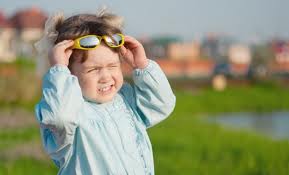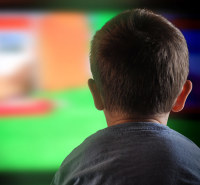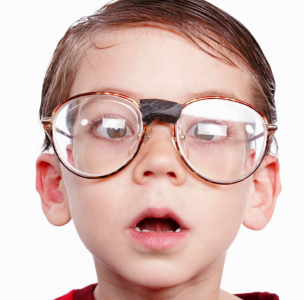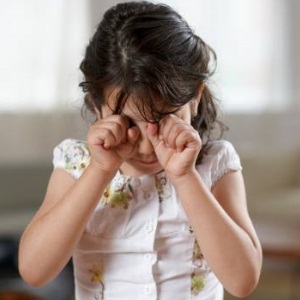Glasses – Does Your Kid Need Them?
If your child is struggling in school, they may just be in need of a pair of glasses.
Many kids don’t even know the difference between good and bad eyesight, so it’s up to us (parents) to detect any problems. Luckily, you won’t be completely in the dark, here are some typical signs you can watch out for.
Squinting

Eye Rubbing
Children rubbing their eyes is a common sign of fatigue. However, if you see they’re doing it after only a few minutes of reading, they are probably straining their eyes to see. If they complain of irritated eyes a lot or suffer from dry or watery eyes it could also be a sign of a more serious problem. Talk to an optometrist about doing tests before you attempt anything yourself.
Closing One Eye

Trouble Focusing
80% of early developmental learning is done visually. Take notice if your child often loses their place while reading, or uses their finger to track their place. If your child becomes easily bored or frustrated during school, it could mean that they simply can’t see the board. Ask your children’s teacher if they have noticed any signs of a vision impairment if they mention trouble focusing. Sometimes kids act out in class simply because they can’t see or understand what’s going on.
Sitting Too Close to the TV
Nearsightedness is the most common form of vision impairment and is easy to catch. If your child colors with their face against the page, or watches TV from
Frequent Headaches
Headaches are a common side effect of eye strain. Pain around the eyes and brow is often a result of squinting too much, and a child may nauseate themselves by forcing their focus for long periods of time. According to Londonderry Eye Care in Edmonton, Canada, kids who do this are often most likely overexerting themselves in an attempt to compensate. If headaches persist, think about other health treatments as well.
If you think your child may have problems with their vision, schedule an appointment with your local ophthalmologist or Edmonton optometrist.








This is a great guidance for me. Healthy eyes and vision are a critical part of kids’ development. Their eyes should be examined regularly, as many vision problems and eye diseases can be detected and treated early.
Thank you, Rod, for sharing. I’m happy you benefitted from this article.
Gerardo